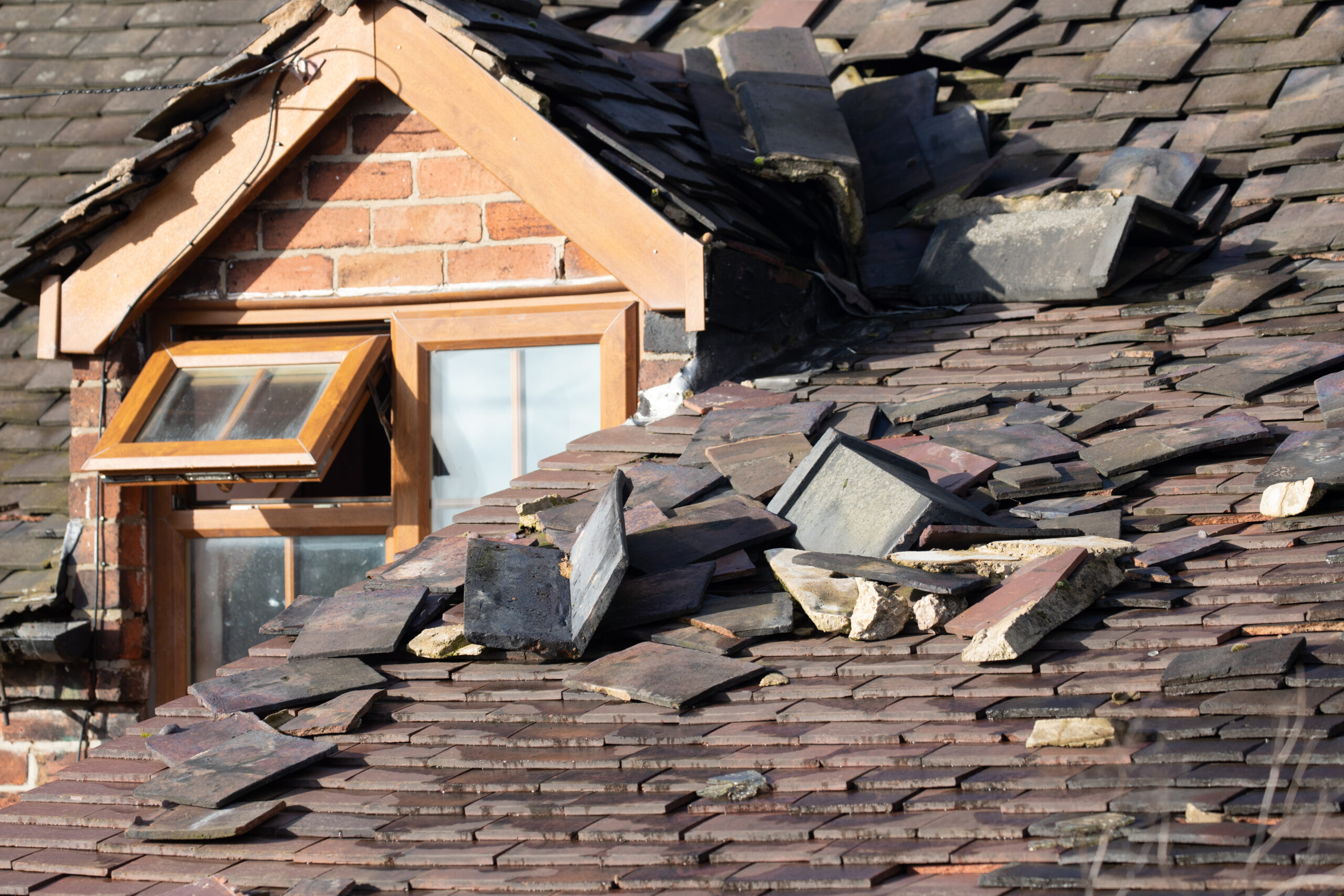
Storm season can be a stressful time for homeowners, especially when it comes to protecting their families and their homes. Hurricanes, tornadoes, and severe thunderstorms can cause extensive damage and leave you feeling overwhelmed and unprepared.
However, with some careful planning and preparation, you can reduce the risk of damage to your home and ensure that you and your family are safe during a storm. In this post, we’ll discuss how to make sure your home is prepared for storms in storm season.
Assess Potential Hazards Beforehand
The first step in preparing your home for storm season is to assess any potential hazards. This includes looking for damaged trees or branches that could fall on your home, loose or missing shingles on your roof, or weak spots in your windows or doors that could cause dangerous flying debris. Inspect your property regularly, and take note of any potential hazards so that you can address them before a storm hits.
In addition to outdoor hazards, you should also be on the lookout for potential indoor safety issues. Make sure all your electronics are properly grounded and that any gas lines are securely connected. If possible, invest in a back-up generator or other emergency power source so that you can keep your home powered during an outage. Additionally, make sure your smoke detectors have fresh batteries, and check that all fire extinguishers are up to date. Taking these precautions will help you be prepared when a storm strikes.
Secure Loose Objects
One of the most common causes of damage during a storm is loose objects that become airborne. Secure any large items in your yard, such as lawn furniture, grills, or trash cans, and store them in a secure location. Make sure that any loose branches or debris are removed from your yard, as these can become dangerous projectiles during a storm.
Indoor objects should also be secured when storm season approaches. Make sure to anchor large furniture pieces, such as bookcases and entertainment centers, to the walls with screws or anchors. Additionally, secure any loose items, such as window treatments or decorative sculptures, so that they do not become a hazard during high winds. Finally, make sure all of your windows are properly shut and locked.
Maintain a Safe Distance from Water
If your home is located near a body of water, such as a river or a lake, you should be especially cautious during storm season. Heavy rain and flooding can cause water levels to rise quickly, and you don’t want to be caught in a dangerous situation. If you’re advised to evacuate, do so immediately, and don’t attempt to drive through flooded areas.
One of the best ways to protect your home from flood damage is to invest in flood protection measures. These can include building a retaining wall around your property, using sand bags, installing sump pumps and backflow prevention systems, or making sure that all doors and windows are properly sealed. Additionally, if you live in an area prone to flooding, consider buying a flood insurance policy that will cover the cost of repairs if your home is damaged.
Invest in Storm Shutters
If you live in an area that’s prone to hurricanes or severe thunderstorms, you may want to consider investing in storm shutters. These shutters are designed to protect your windows and doors from flying debris and high winds, and can be especially effective in preventing damage to your home during a storm.
Storm shutters can be found in many home improvement stores, hardware stores, and online retailers. When shopping for storm shutters, make sure to look for ones that are made from durable materials and designed to withstand high winds and debris. Additionally, you should choose a shutter style that fits the architectural design of your home, so it looks cohesive with your house’s overall aesthetic.
If possible, speak to a knowledgeable salesperson before making your purchase so that you can make sure the shutters you buy are appropriate for your home and local climate.
Create an Emergency Kit
Finally, it’s important to create an emergency kit that contains everything you’ll need in case of a storm. This should include basic supplies such as water, non-perishable food, and first-aid supplies, as well as important documents such as insurance policies and identification. Make sure that everyone in your household knows where the kit is located and how to access it in case of an emergency.
An emergency kit should also contain other essential items such as a flashlight, extra batteries, a battery-powered or hand crank radio, maps of the area, cash in small denominations and coins, medications (including prescription drugs), basic tools like a hammer and screwdriver, phone chargers and extra cords, dust masks to filter out contaminated air particles from smoke or debris, and a whistle or flares to signal for help.
Work With Professionals Before a Storm Hits
When preparing your home for a storm, it’s important to work with professionals who are experienced in dealing with these types of situations. Contacting local roofers or a tree removal service ahead of time can help ensure that any potential hazards are taken care of before they become an issue during the storm season. It’s also wise to consult your insurance company and double check your policy to make sure you’re adequately covered in case of damage. Taking these steps now can help save you time and money later on, so it pays to be prepared.
Storm season can be a scary time for homeowners, but with some careful preparation, you can reduce the risk of damage to your home and keep your family safe. By assessing potential hazards, securing loose objects, maintaining a safe distance from water, investing in storm shutters, and creating an emergency kit, you’ll be well-prepared in case of a storm. Act now to ensure your safety when the next storm season comes around.


